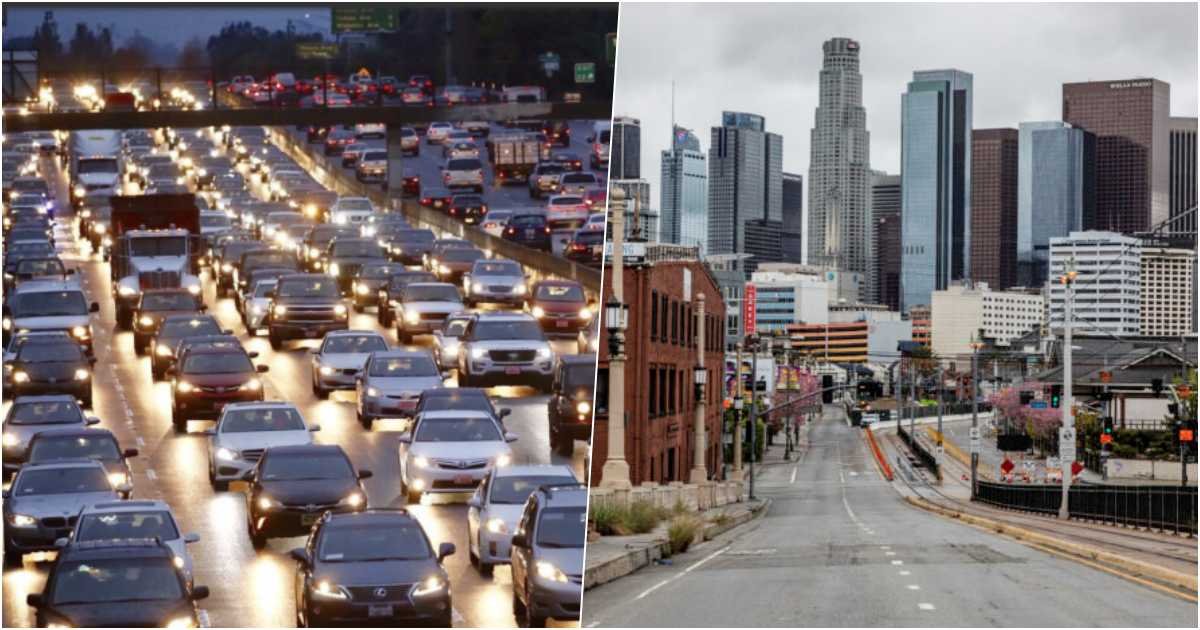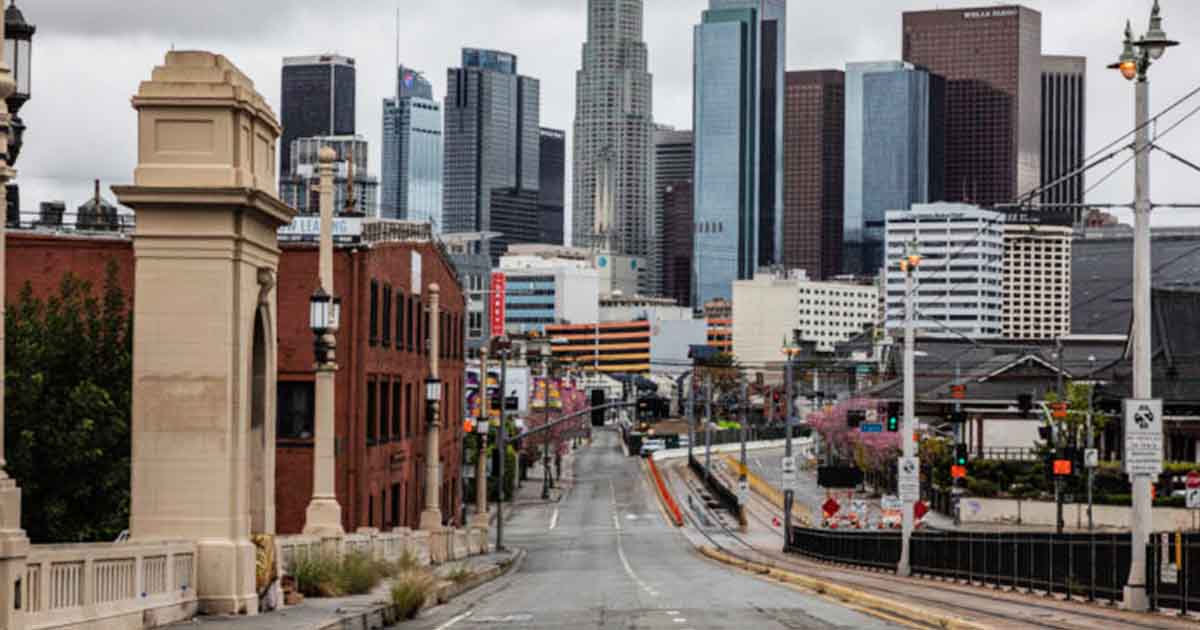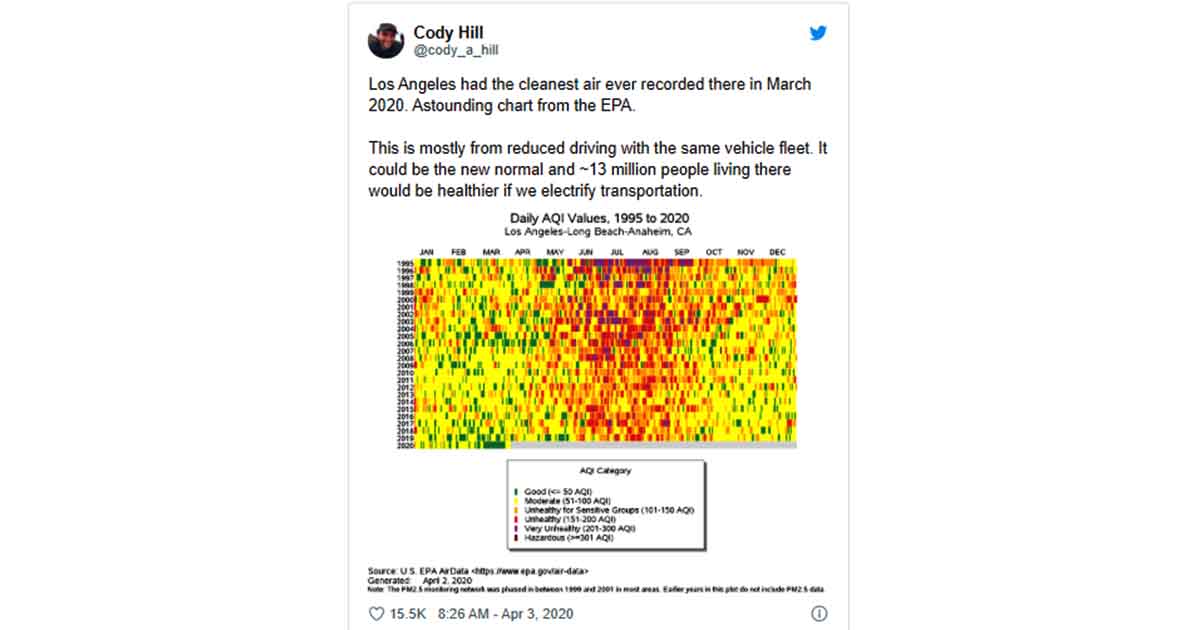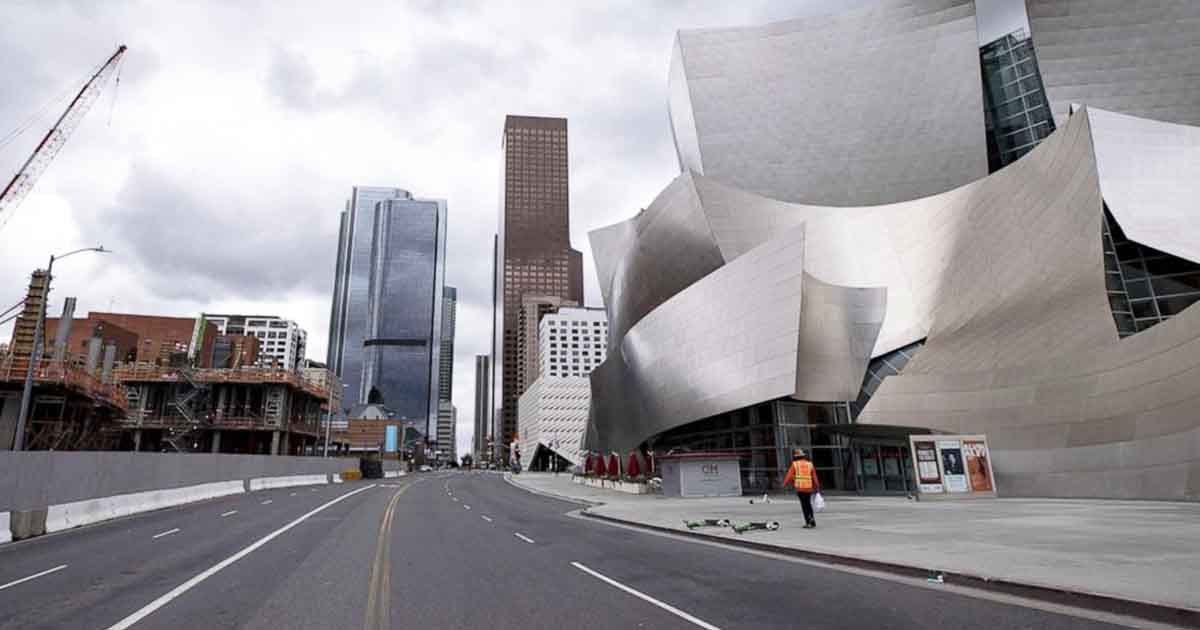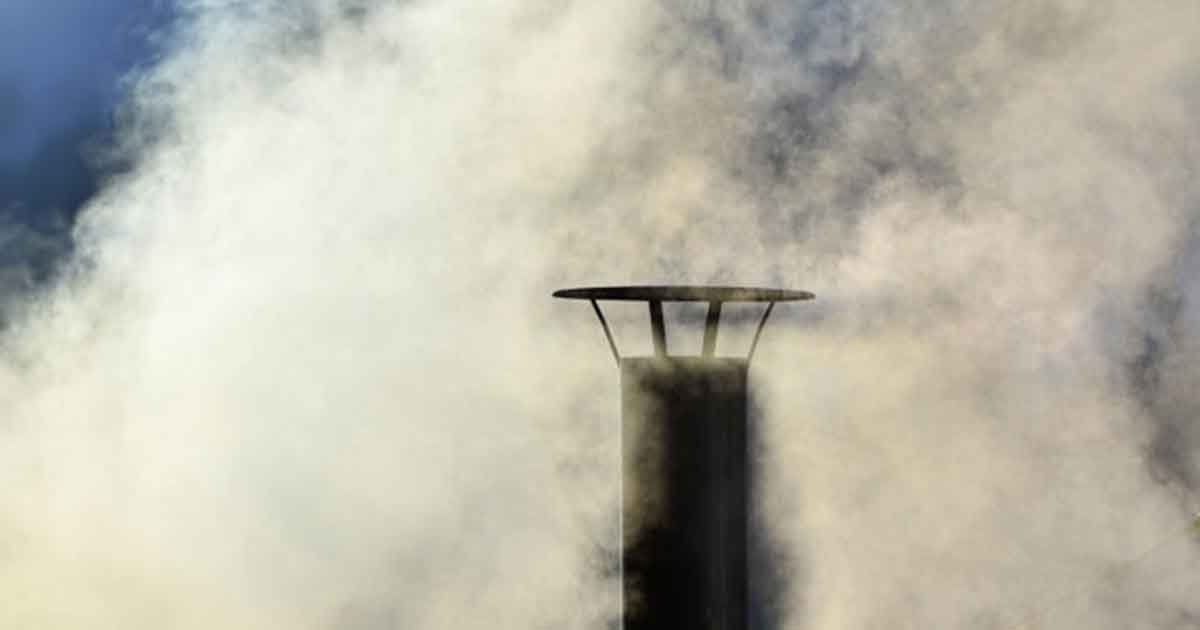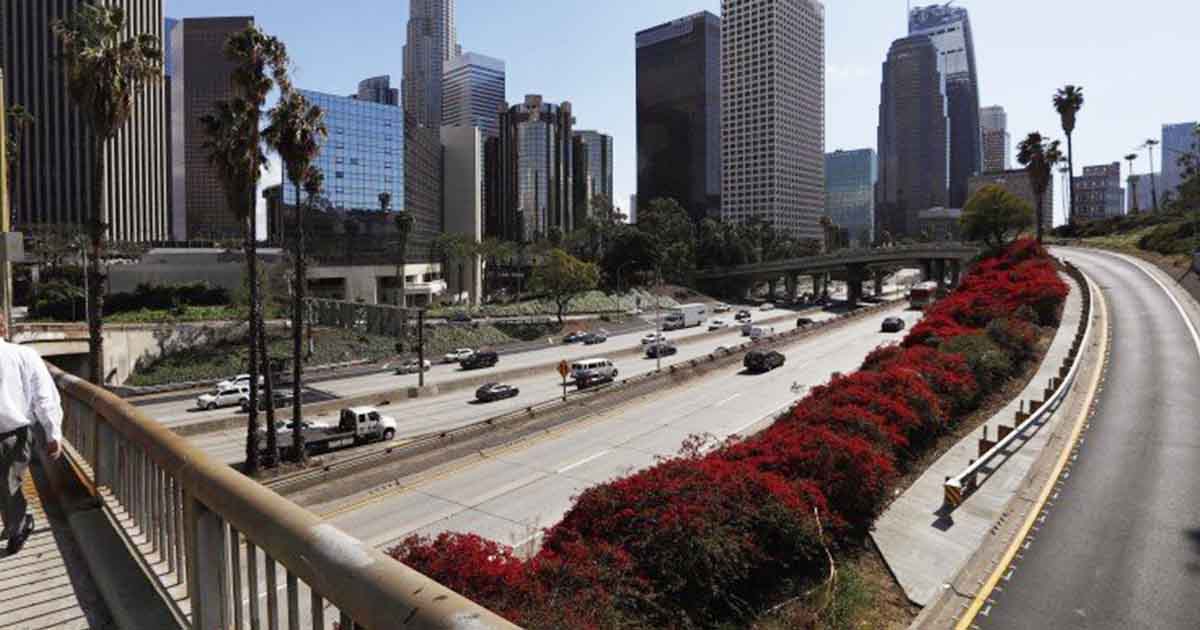According to authorities, Los Angeles is currently experiencing its longest stretch of ‘good’ air in at least four decades as a result of the city’s quarantine to combat COVID-19.
The March 2020 air quality index by the Environmental Protection Agency (EPA), confirmed this report, emphasizing that Los Angeles had the cleanest air supply recorded last month since at least 1995.
However, while this chart only refers to the mid-nineties, the EPA’s data dates back to 1980, and according to their records, there hasn’t been a long span of good quality air days since then either.
Another expert also suggested that the city’s air hasn’t been this clean since 1941, around the time when the United States entered World War Two.
Cody Hill, an energy company executive located in the Bay Area, posted an astounding infographic of the EPA data to his Twitter account. In another tweet, he stated that despite being born in California, he had never seen such clear air for so long.
His follow-up tweet wrote:
“This is mostly from reduced driving with the same vehicle fleet. It could be the new normal and ~13 million people living there would be healthier if we electrify transportation.”
“[It is] probably safe to assume it is one of the best months at least since the 1940s when there was huge in migration as we ramped up aircraft production in the LA basin to fight WW2.”
This huge improvement in air quality comes after countries around the world imposed strict quarantine measures to help healthcare systems fight the current crisis, halting most travel and industrial activities worldwide.
In Los Angeles, the usually crowded freeways stood practically empty, with the smog and pollution residents were used to seeing each day were seen decreasing dramatically day by day. The clean air they’re experiencing now is a stark contrast to usual, when officials would describe it as ‘unhealthy’ for many.
Because of this major global phenomenon, it seems like LA is not the only place benefiting from cleaner air either, with different countries reporting dramatic improvements in air quality and satellite observations indicating steep falls in nitrogen dioxide emissions in countries such as China and Italy.
While this seems to bring a positive change to the environment, this better air quality has come at the cost of a global crisis and public health emergency that has so far taken the lives of more than 76,000 people worldwide, according to the Johns Hopkins Resource Center.
If world governments and leaders don’t start making major structural changes, experts warn this improved air quality could be short-lived and have little effect on the concentrations of carbon dioxide that have accumulated in the atmosphere over thousands of years.


